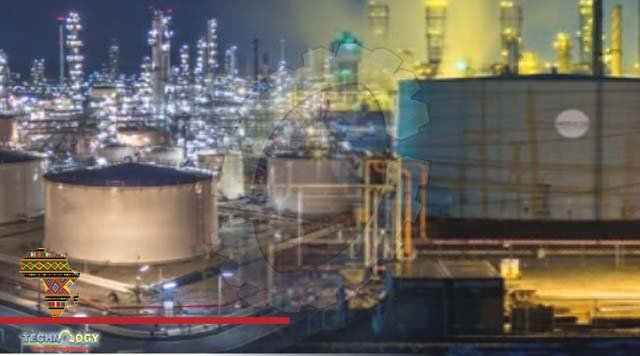50% of the 2022-25 cumulative gas flows from Africa’s top-10 producers are expected to be exported as LNG

African Liquefied Natural Gas (LNG) , In the months since the European Union declared it would reduce its reliance on Russian oil following that country’s invasion of Ukraine, there’s been a lot of talk about the new opportunities this moment is creating for Africa’s natural gas industry. I myself have been part of that conversation, and I stand by my past statements. Africa’s capabilities are considerable, as the African Energy Chamber (AEC) makes clear in our State of African Energy Q2 2022 Report. What’s more, certain developments within Europe are putting African natural gas producers in a stronger position than they have been in before with respect to being able to fight for— and win — a larger market share. Quite simply, there are gaps in the European gas market that weren’t there in the past — gaps that urgently need to be filled. The existence of those gaps means that there’s more room for African gas now than there used to be, particularly liquified natural gas, which is easy to store and transport. As our report notes, 50% of the 2022-25 cumulative gas flows from Africa’s top-10 producers are expected to be exported as LNG.
And, the interest in African LNG is not likely to be a momentary blip. Going forward, new technologies and shifting geopolitical conditions should make it easier for African producers to maintain market share in Europe. For decades, Russia was the EU’s single largest provider of gas, delivering at least a quarter to a third of its total consumption. According to International Energy Agency (IEA) data, the figure was even higher in 2021, when it supplied 155 billion cubic meters (bcm) of gas, equivalent to 45% of total imports and 40% of total consumption. The numbers for 2022 are bound to be different. The volume of Russian gas flowing into European markets started going down significantly not long after the start of the war in Ukraine. In April 2022, the share of Russian gas in total EU imports was reported to be 31%, down from 45% in April 2021. There’s no reason to believe the number has gone back up since then, since April was the last month that Russia was willing to accept payment from most EU customers in U.S. dollars or euros instead of using special ruble-denominated accounts that are subject to sanctions. Indeed, ever since Russia’s new payment requirement has taken effect, European customers have had to learn to live with abrupt cut-offs or reductions in pipeline gas deliveries, with their Russian supplier Gazprom citing payment difficulties or failure to resolve technical problems as reasons for the disruptions. Since the end of April, these kinds of cut-offs have happened to Poland and Bulgaria, they’ve happened to Finland, and they’ve happened to Germany and all the other countries served by the Nord Stream I network. More cut-offs are likely before the end of the year, and no one knows exactly how much they’re going to affect the total volume of Russian gas shipments to Europe. The upshot, though, is that in 2022 the volume of delivered gasis sure to be quite a bit lower than the 2021 figure of 155 bcm.
Source: This news is originally published by africa-newsroom